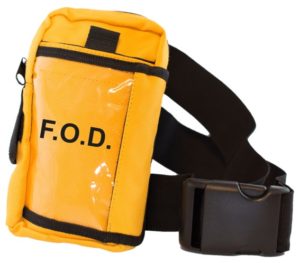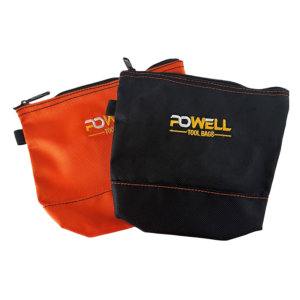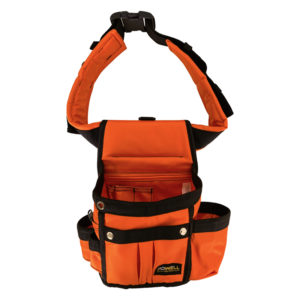Key Takeaway:
When purchasing a small tool bag, keep key considerations in mind to ensure optimal functionality and satisfaction. From prioritizing durability and size to evaluating organization features and portability, thoughtful selection guarantees a tool bag that efficiently accommodates your needs, enhancing your efficiency and convenience on the job.
Introduction
Heavy canvas and leather are frequently used to make tool bags. Some tool bags have a steel frame that hinges around the entrance. When in use, this permits the bag to remain open. Pockets on the inside and outside of many tool bags.
They usually have handles and, on occasion, shoulder straps.
Small tool bag is hooked on most compression bags. It holds a variety of tools and is perfect for any outdoor activities.
 Uses of Small Tool Bag
Uses of Small Tool Bag
Several sectors use tool bags to store and transport tools while keeping them organized and accessible. They are intended to keep tool kits safe, secure, and ready for use.
A Tool Pouch Belt is the perfect solution for carrying tools, bits and other small accessories.
What materials are small tool bags composed of?
Most tool bags are constructed of nylon, canvas, or polyester. Nylon is a robust material that is noted for its flexibility and durability. Canvas is also a tough material that is frequently double-layered to defend against the wear and tear caused by carried tools.
Advantages of Small Tool Bag
● They take up less room since they are less stiff.
● When stored in confined areas or placed on the floor, the durability/malleability increases.
● Capable of expanding to provide more tool storage space
● Straps allow you to use your hands more freely.
Durability of Fasteners
Zippers and buckles aid in the security of objects i tool bags. While convenient, some tool bags may have zippers or buckles that are easily broken or malfunction. Therefore it’s crucial to invest in a tool bag with high-quality fasteners.
The tool pouch belt is a great thing to carry with you. It has many pockets, which makes it easy for you to carry all your tools.
How should a tool bag be cleaned?
Scrub the bag’s exterior shell with a tiny brush, warm soap, and water to remove ingrained dirt and soil. You can use a bristle scrubber to dig deep into the surface of the tool bag while scrubbing. After washing, rinse with clean water and air dry the tool bag.
The way you organize your tool bag influences your purchase decision
Tradespeople worldwide agree that a decent tool bag should be organized with the outside first, followed by the inside. This means that the most often used tools should, if feasible, be put in the pockets or pouches on the outside of the tool bag. It seems reasonable to keep the most often used tools close at hand.
Another item to consider while organizing your tool bag is which shoulder you generally carry it on (if you are not using the wheeled-bag variety, that is). This is because if you wear the bag over one shoulder, a portion of it will always brush against your body.
You must thus be mindful of how you fill the bag with equipment, as sharp or jagged items should not be loaded on the side that commonly rubs against you. As you can expect, this can be incredibly uncomfortable, especially if you have to carry the bag at any time.
In an ideal scenario, keep your bulkiest or heaviest goods in the center of the bag, with lighter stuff and accessories surrounding them.
Related Article
Conclusion
The tool bags are dependable, inexpensive, and give an easy way to transport your gear. Furthermore, a tool bag should be loaded with all important tools and accessories so that you can quickly select any of them when needed. When purchasing a tool bag, durability and ease of carrying are important.
Contact us, We have varieties of tool bags and FOD tool bags available in all our stores nationwide.


